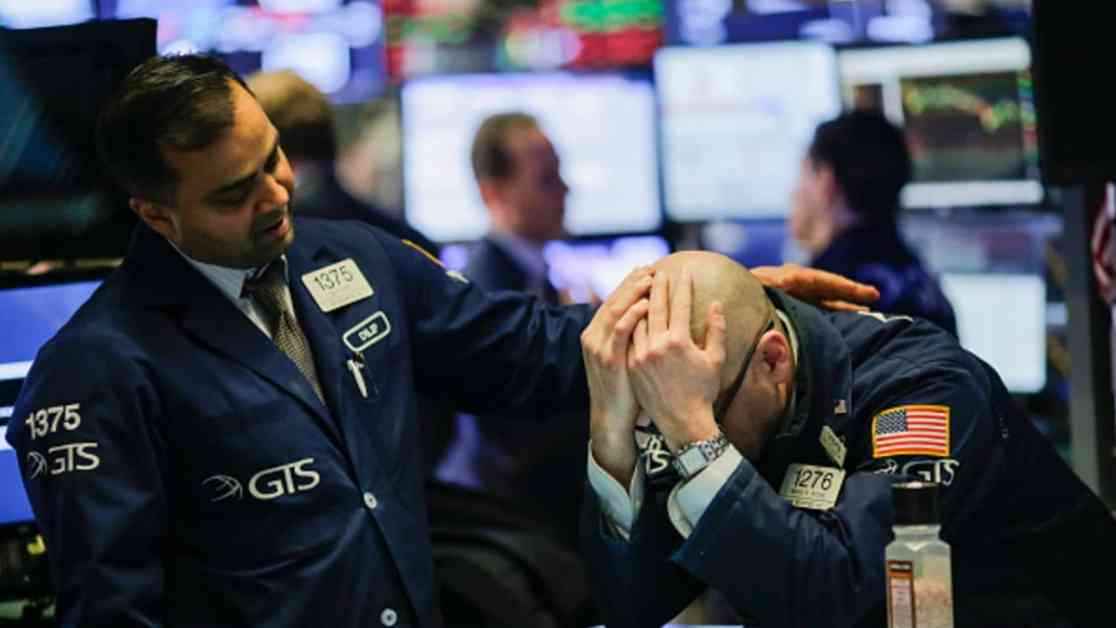The recent escalation of the trade war between the United States and China has rocked the stock market once again. President Donald Trump’s threat to raise tariffs has sent shockwaves through the economy, sparking fears of a potential recession. But what exactly does a recession entail, and how might it impact you?
Understanding Recessions
A recession is defined as a significant decline in economic activity that spans across the economy for more than a few months, according to the International Monetary Fund. Most commonly, analysts identify a recession as two consecutive quarters of decline in a country’s real gross domestic product (GDP). While a recession can last longer than six months, recovery may take years. Signs of an impending recession include reduced gross national product, high unemployment rates, and declining stock prices.
Recessions have historically occurred every decade, with significant economic downturns in the mid-1970s, early 1980s, early 1990s, and early 2000s. Given the interconnectedness of the global economy, recessions in the United States often trigger synchronized downturns worldwide.
The Impact of a Recession
The effects of a recession can have far-reaching consequences. When consumers anticipate economic hardship, they tend to cut back on spending, leading to reduced business revenues and potential layoffs. This creates a cycle of dwindling incomes, decreased spending, and further economic instability. Government intervention may be necessary to correct economic imbalances and stimulate recovery.
While the current state of the economy does not meet the technical definition of a recession, lingering uncertainty and the impact of escalating trade tensions have raised concerns about the future. The National Bureau of Economic Research (NBER) determines the official status of a recession in the United States.
According to Goldman Sachs, the recent tariff announcements by President Trump have heightened the likelihood of a recession, even if the trade policies are reversed. The financial firm cites tightening financial conditions, foreign consumer boycotts, and increased policy uncertainty as factors that could depress capital spending and economic growth. Mitigating these risks may require substantial reductions in scheduled tariffs.
The Bear Market Conundrum
The recent market volatility has pushed the S&P 500 index close to a 20% decline from its recent high, signaling a potential bear market. A bear market is characterized by a sustained 20% decline in stock prices from recent highs, accompanied by a pessimistic market outlook. While a bear market may indicate economic turbulence, it does not always precede a recession.
Contrary to popular belief, not all bear markets result in recessions. Approximately one-quarter of bear markets do not lead to an economic downturn. A recession is typically defined by consecutive quarters of declining economic activity, specifically in a country’s GDP.
As investors navigate the uncertainties of the economic landscape, understanding the distinctions between bear markets and recessions can provide valuable insights into market trends and potential risks. Staying informed and monitoring key economic indicators can help individuals make informed financial decisions in turbulent times.
The evolving economic climate underscores the importance of vigilance and adaptability in navigating market fluctuations. By staying informed and seeking expert guidance, individuals can make informed decisions to safeguard their financial well-being in an ever-changing economic landscape.














